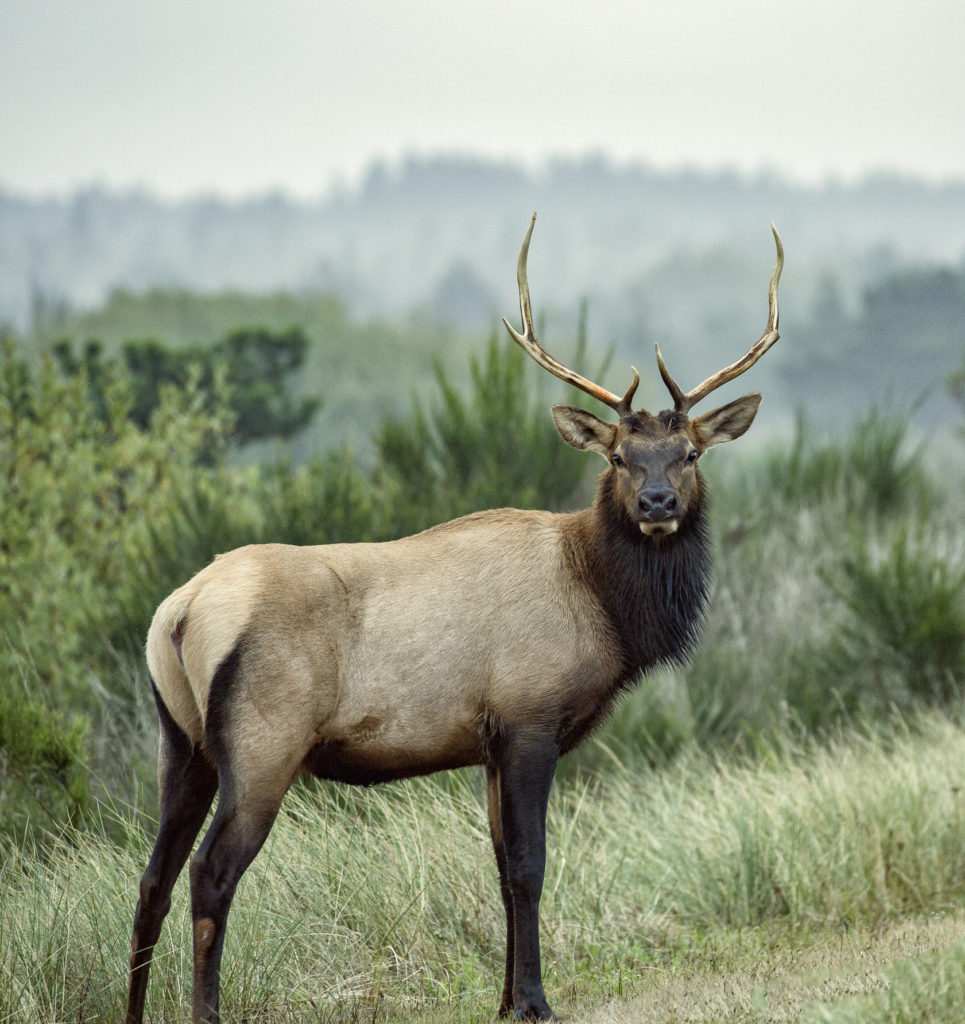Bald Eagle

Bald Eagle Facts
Scientific name: Haliaeetus leucocephalus
Conservation status: Least Concern – population increasing
Lifespan: 20-30 years in the wild (up to 50 years in captivity)
Mass: 3 to 6.3 kg (6.6 to 14 lbs)
Wingspan: 1.8 to 2.3 meters (5.9 to 7.5 feet)
More About Bald Eagles:
The bird that represents America and is on the US emblem is the “Bald Eagle”. This bird is easily identified by its white head and tail feathers when the rest of its body is covered with a dark brown color. Bald eagles occur naturally in North America and use areas in the United States and Canada where fish and tall old trees for nesting are available in plenty.
These are large muscly birds of prey which have yellow hooked beaks, yellow talons with a black sharp edge and bright yellow eyes. Females are slightly larger than males, and this is not very strange among birds of this category. These birds have four times better vision than humans, thus enabling them to identify their prospective prey from a distance.
The nests of these birds are perhaps one of the largest nests found in any bird in North America. The nests are roughly 4-5 feet in width and 2-4 feet in depth. These accommodations are called “eyries” and are constructed, expanded, and used year after year and may weigh as much as 1,000 pounds. They prefer to nest in tall trees near bodies of water where they can easily access their primary food source: fish.
Bald Eagle Facts & Tidbits:
- The word “bald” is derived from the Old English word “balde” which means white-headed and not the absence of feathers.
- Bald eagles are among the largest birds of perching or sitting order, and the large birds of America are next only to the California condor and a few other species.
- The normal flight speed of bald eagles ranges between 35- 43mph while the diving speed can achieve between 75-99 mph.
- They feed mainly on fish but also take small mammals, water birds, and sometimes carrion.
- These are birds that are monogamous and may construct a nest once a year, using material to repair or increase its size.
- The young bald eagles, do not possess the famous white head and tail until they reach the age of 4-5 years.
- The voice of their species is quite high-pitched and the calls are made up of a series of whistling or piping sounds.
Distribution Map
Bald eagles are seen in all regions of North America with the largest populations in Canada and the United States with density in Alaska. They are primarily associated with lakes, rivers, coastal areas, and wetlands which they adopt for fishing.
Although they migrate, some populations are non-migratory even in warmer climates. Bald eagles also move to the southern states during winter, especially in the northern states where water is frozen and there is no food.
Wondering where are the best places to see bald eagles in the wild?
The best places to see bald eagles include Alaska, where nearly half of the world’s bald eagle population resides, and along the Mississippi River during the winter months. Other prime viewing spots include the Pacific Northwest, the Great Lakes region, and coastal areas in Canada and the United States.
Status of the Bald Eagle
IUCN Status: Least Concern
Bald eagles were once facing endangerment, within the United States due to habitat loss and hunting as well as the use of harmful pesticides like DDT. However, they have made a remarkable recovery since then. Their population saw a rise following the ban on DDT and the implementation of conservation programs leading to their removal, from the endangered species list in 2007 within the United States.



